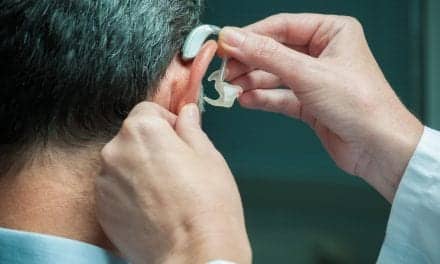Researchers from the University of Bern and Bern University Hospital differentiated human inner ear cells in a laboratory from somatic progenitors in order to investigate their origin. This may help to make it possible to develop new treatment methods for hearing impairment in the future, the University of Bern announced on its website.
A group of researchers from the Department for BioMedical Research (DBMR) at the University of Bern and the University Department of Ear, Nose, Throat (ENT), Head, and Neck Surgery at Bern University Hospital have taken steps towards establishing new methods in the development of new therapies to treat hearing impairment. This was achieved in cooperation with other participants in the international consortium “OTOSTEM.” The researchers were able recreate the development of human hair cells via an in-vitro method in the laboratory. As a result, future research may allow pharmacological treatments to be tested on human cells. The study was published in the journal Nature Communications.

Human cochlea at 10 weeks of development immunostained for markers to identify hair cell progenitors: “CD271” in yellow, “p27“ in green. © Marta Roccio and Michael Perny, Inner Ear Research Laboratory, Department for BioMedical Research (DBMR), University of Bern.
Hair cells do not regenerate
Hair cells and spiral ganglion cells form very early during fetal development, roughly in the 10th to 11th week of pregnancy, when they reach their definitive number.
“We are born with about 15,000 hair cells and 30,000 spiral ganglion cells, and from then on their number only decreases,” said Marta Roccio, first author on the study. Loud noises, infections, aging processes, and exposure through toxins can affect the sensory cells. Because the cells cannot be replaced, their loss leads to a permanent hearing impairment.
Cochlear hair cells from the laboratory
“In our study, we were able to show that much of what we already know from a animal models also applies to the human fetal development of sensory cells,” said Roccio.
Thanks to this knowledge, the researchers were able to identify a small population of “progenitor cells” (similar to stem cells), which are said to ultimately form the cochlear hair cells after several weeks of structural and functional differentiation.
“We have developed a methodology to isolate these progenitors from the human fetal cochlea and ultimately optimize the conditions for in-vitro generation of functional hair cells in the laboratory,” explained Roccio. For this purpose, the researchers used three-dimensional cultures, also known as organoids.
“The results of the now-published study constitute a unique template for future research projects in the field, in order to develop new strategies to combat neurosensory hearing loss,” said co-author Pascal Senn.
The results would help provide a blueprint for the generation of cochlear hair cells from other, more abundant sources of cells, such as pluripotent stem cells, adds Senn. This can help pave the way for tests which are based on a patient’s own cell types and enable more individualized treatment.
Original Paper: Roccio M, Perny M, Ealy M, Widmer HR, Heller S, Senn P. Molecular characterization and prospective isolation of human fetal cochlear hair cell progenitors. Nature Communications. 2018;9(4027).
Source: University of Bern, Nature Communications
Image: Marta Roccio and Michael Perny, Inner Ear Research Laboratory, Department for BioMedical Research (DBMR), University of Bern





